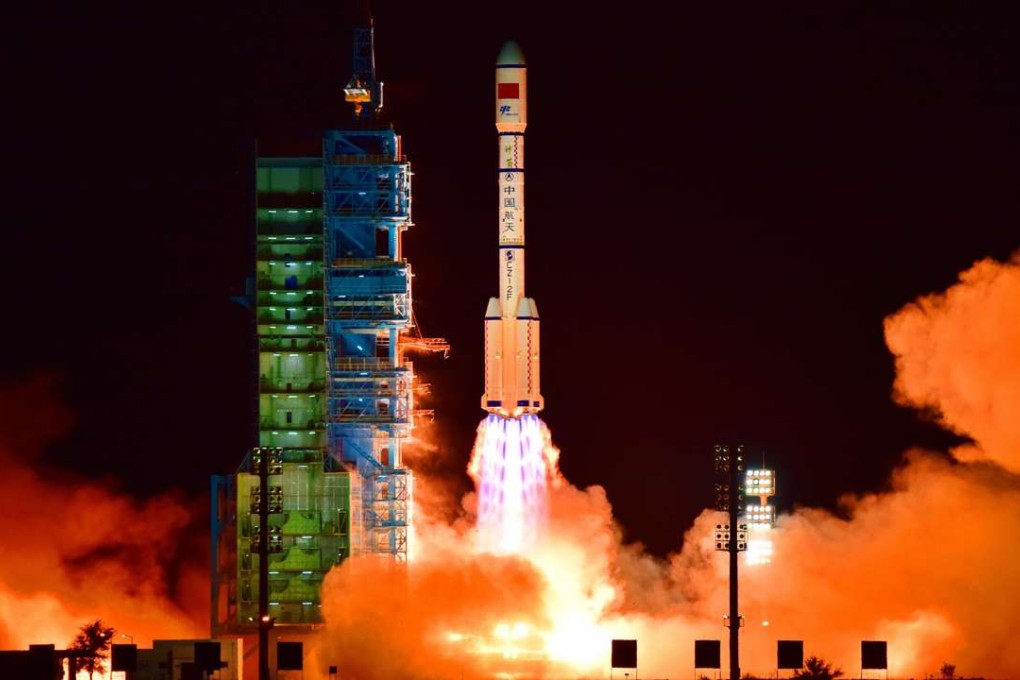For scientists reaching for the stars, China offers leg-up – with litmus test
As government budgets for space exploration tighten in the US and Europe, researchers are increasingly looking to Beijing’s national programme. But the bar for taking part is rising

For three days in Shanghai late last month, leading Chinese space scientists met their European counterparts to discuss how to work together on projects that push the limits of technology.
One of the topics discussed was China’s push to build the world’s largest space telescope. With a collection area stretching 10 to 30 metres across, the Large X-ray Sieve Telescope would dwarf the Hubble, with its mirror measuring 2.4 metres in diameter, and far surpass its successor, the James Webb telescope, which will span 6.5 metres when finished.
The Large X-ray Sieve Telescope gets its name from the materials it uses – its plastic membrane is punctured with millions of pinholes. When photons pass through the openings, they are diffracted and concentrated into a focal point that creates images of distant galaxies to unprecedented detail.
To collaborate with China, they must bring to the table something that will make a tangible contribution to the mission
The talks left Dr Du Yuanjie, a senior engineering researcher with the China Academy of Space Technology, with a sense of hope and disappointment.
Du discussed the project with a group of British and European space scientists who were interested in joining the construction.
“We had some lively discussions and exchanged some ideas, but for now, the hardware and technology proposed by the Europeans cannot meet our mission’s requirements,” Du told the South China Morning Post. “To collaborate with China, they must bring to the table something that will make a tangible contribution to the mission. Otherwise, we’d rather work alone.”
